The winning designs for Latvia's Amber Road Trekking Cabins competition announced
By Mackenzie Goldberg|
Friday, Nov 17, 2017
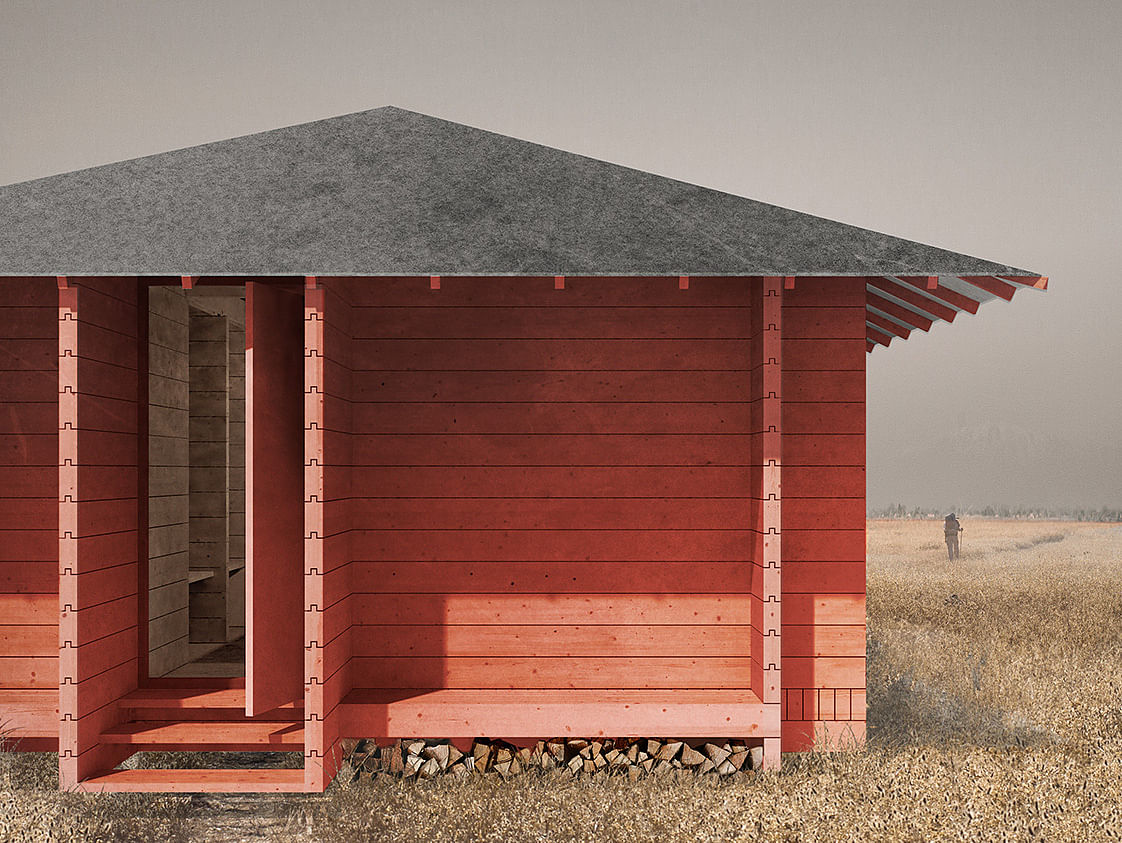
Related
Bee Breeders' latest competition tasked architects with designing a series of unique trekking cabins for Latvia's Amber Road, which would allow long-distance hikers to traverse the country, reaching from the Latvia-Lithuania border to the Latvia-Estonia border. The trekking cabins were to take the environment into consideration and to be suitable for the various terrains along the hiking trail. They were also asked to be in keeping with the country’s traditions and culture, while at the same time having the potential to become iconic landmarks in their own right.
Successful projects responded to the programmatic requirements of the brief with consideration of economic viability, securable enclosure, utilitarian function, constructibility, and climatic sensitivity. The winning designs will be considered for construction by the Latvia Nature Conservation Agency and can be seen below.
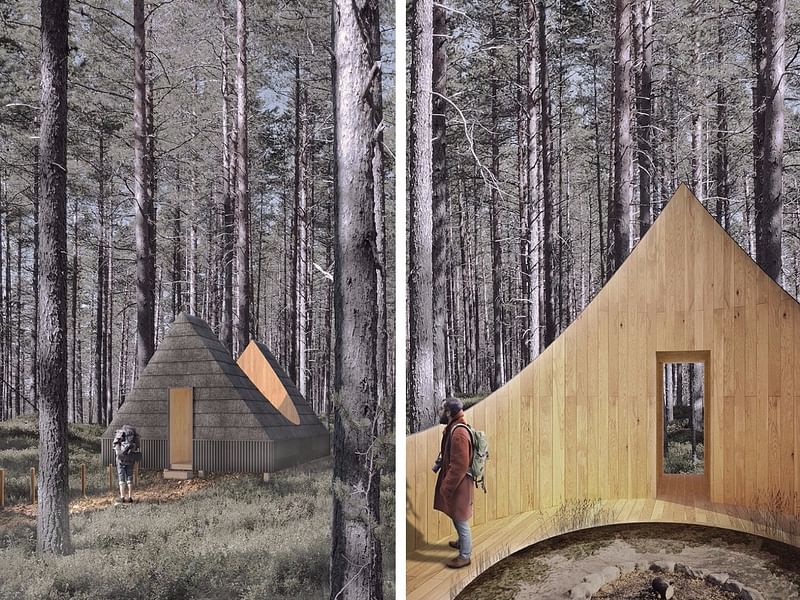
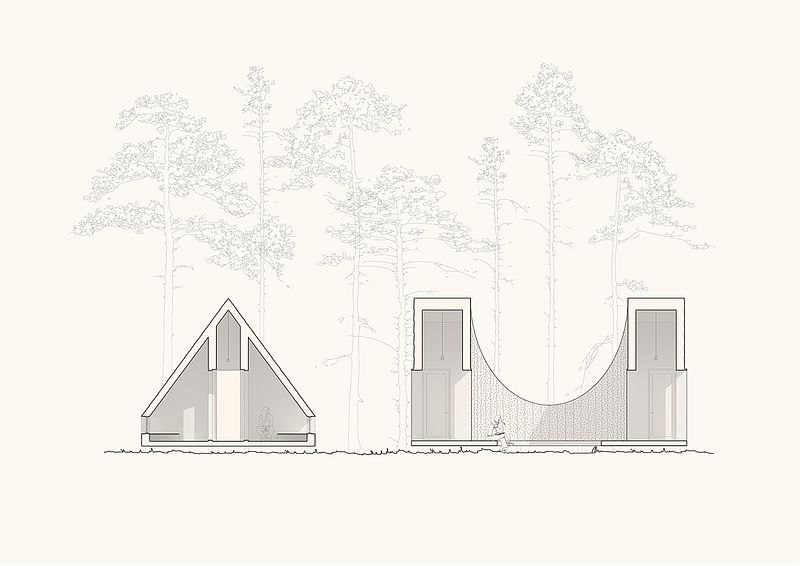
1st Prize Winner: "Link—A sustainable connection between the forest and the ocean." Project Authors: Scott Grbavac, Andreea Cutieru, Santiago Carlos Peña Fiorda.
Jury Comments: The first place project LINK for the Amber Road Trekking Cabins was chosen for its strength as both an architectural and landscape proposal. The project introduces a series of wooden moles, structural piers used as breakwaters, to connect the coast to the interior terrains of the Latvian landscape. By creating a network of narrow passages leading to the trekking cabins within the forest, LINK pursues an alternative mode of conservatism - creating low impact architectural interventions within the native ecologies of the site to preserve the natural landscape. Through the use of pre-defined paths within the wilderness, there is no disruption of the wildlife or environment of the site.
The cabin itself is successful in its contemporary re-appropriation of Latvian vernacular architecture. While the exterior figure of the cabin mimics the archetypical form of the primitive hut, the interior spaces of the cabin subvert this initial reading. Each cabin is derived from a morphology that enacts both collective and individual modes of inhabitation. The center of the cabin is in fact a voided exterior space, a booleaned cylindrical hearth that carves out the interior of the proposal. This circular outdoor space is surrounded and sheltered by four interior rooms, one at each corner, allowing for private space for each hiker. It is this adaptation of the iconic form of the vernacular archetype into a new spatial typology of collective habitation that creates a productive tension between the shared space of the hearth and the private space of the cabin.
RELATED COMPETITION Amber Road Trekking Cabins
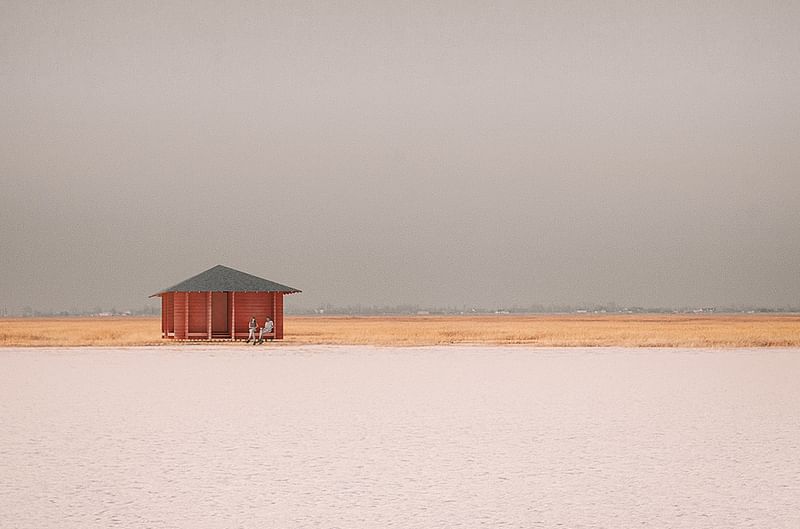
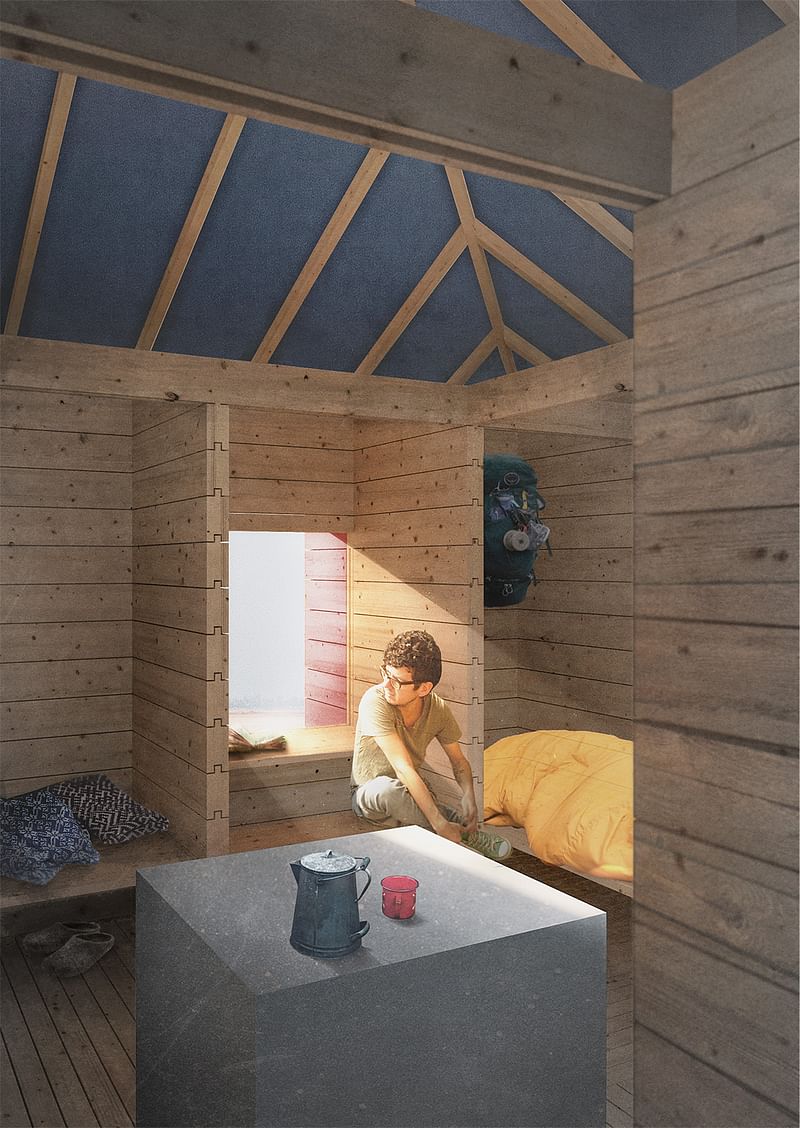
2nd Prize Winner+BB Student Award: "Human Atrium." Faculty of Architecture Warsaw University of Technology. Project Authors: Lukasz Palczynski, Jan Szeliga, Antoni Prokop.
Jury Comments: The success of the second place proposal lies in its ability to simultaneously delineate the privacy of the individual and promote a collective ethos within a very compact footprint. On the interior, the organization of notched and stacked raw timber walls pinwheel to alternately generate nooks for sleeping and desks for contemplating the landscape. These private spaces surround an open central area for communal cooking, eating, and conversing. The architecture allows the temporary inhabitant to choose between seclusion and company without resorting to the total isolation of autonomous rooms. On the exterior, the stacked timber walls are painted a deep red, and their rotation about the center creates a thickened space with private exterior benches and storage cubbies for firewood. A simple pitched roof exerts a strong presence over this pinwheeled poché, clearly demarcating the space of sanctuary and transitory shelter from the elements. The project looks to Latvian vernacular building types as formal reference to evoke images of pastoral agricultural structures already present in the region while the red of the exterior wood establishes a familiar and visible language that does not detract from the color palette of the natural landscape. The simple but potent parti of the proposal and the iconic stature of the form combine with the sensitivity of its construction details to produce a proposal that is ultimately buildable and architecturally responsible in the context of the Latvian wilderness.

RELATED NEWS Design a series of unique and iconic trekking cabins to feature along the Amber Road trekking path
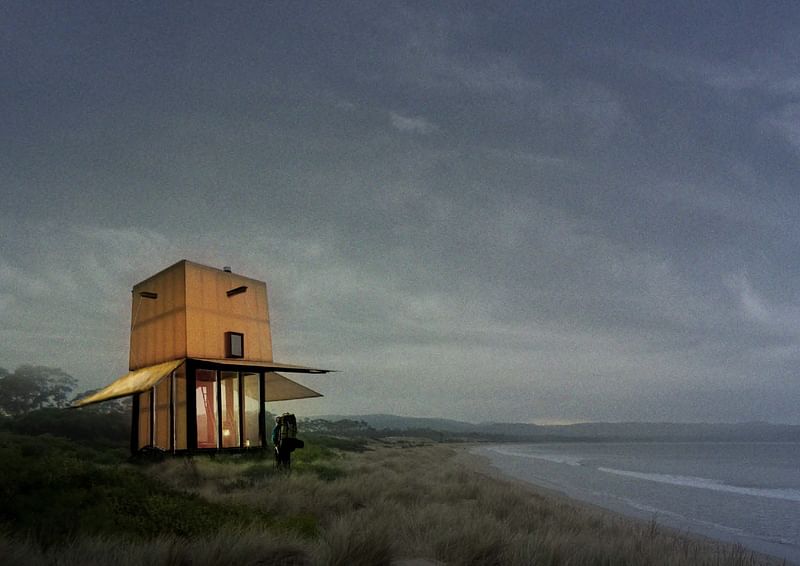
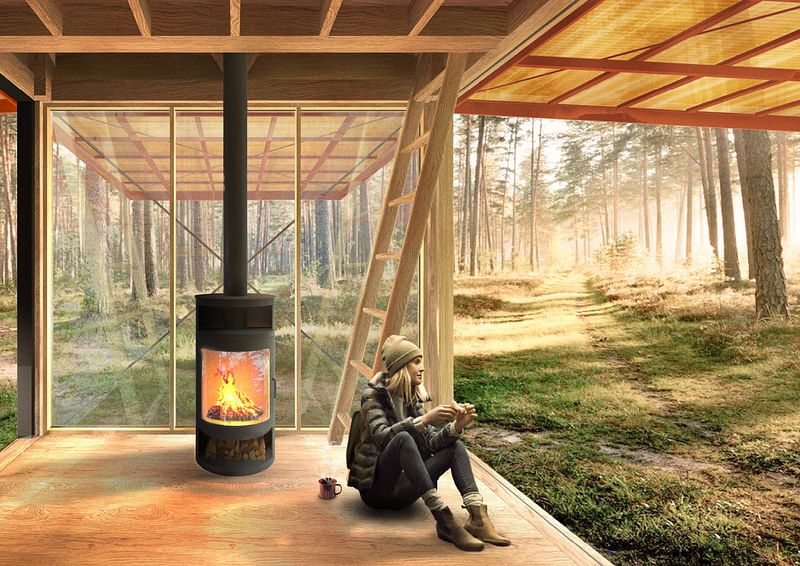
3rd Prize Winner: "Amber Road Trekking Cabin." Project Authors: Rob Brown, Carly Martin, Jincheng Jiang.
Jury Comments: The strength of the third place project manifests in it's ambition to develop an infrastructural landscape typology, comparable to the windmill, grain silo, or lighthouse, as an icon of the Latvian coast. Constructed at the edge of the forest or along the waterfront, the trekking cabin takes advantage of the predominantly horizontal datum of the landscape and its affiliation with the distant horizon creating a vertical marker for travelers passing by. In contrast to the weighted anchoring of the archetype’s noted above, the trekking cabin maintains a light footprint, elevated above the forest floor. The facade of the structure’s lower level is designed to open at all sides, further erasing the permanence of its base. The porous quality of the cabin allows visitors to fully immerse in their surroundings, while maintaining a sense of shelter through establishment of a constant floor and ceiling datum. Enacting as a place of gathering and connection, the lower level contains the cabin’s hearth. Conversely, the upper level serves as a retreat from the ground plane, lifting the hikers sightline above the rugged terrain traversed. The tectonic of the cabin makes use of utilitarian construction methods and standard building materials, allowing for ready deployment in remote settings. The project cleverly composes and combines this palette to create a scenic object. Clad in a translucent skin, the cabin becomes a glowing icon, a painterly image of the picturesque.

Share
1 Comment
richmon · Dec 10, 17 8:06 PM
I note a distinct similarity of the third place winner above with the wonderful Casey Brown Australian cabin (Mudgee Tower) of several years ago. What gives? Is Rob Brown casey's son? Rich
Comment as :